Ways To Use Boxwood In Your Landscape
Title: Ways to Use Boxwood in Your Landscape
Introduction:
Boxwoods are evergreen shrubs that are known for their dense foliage, small leaves, and tidy appearance. They are a popular choice for landscaping because they are easy to care for, versatile, and can add a touch of elegance to any space.
There are many different ways to use boxwoods in your landscape. Here are a few ideas:
- Hedges. Boxwoods are a classic choice for hedges. They can be used to create privacy, define borders, or add structure to your yard.

- Topiary. Boxwoods can be shaped into a variety of topiary forms, such as balls, cones, or animals. They are a great way to add interest and personality to your garden.
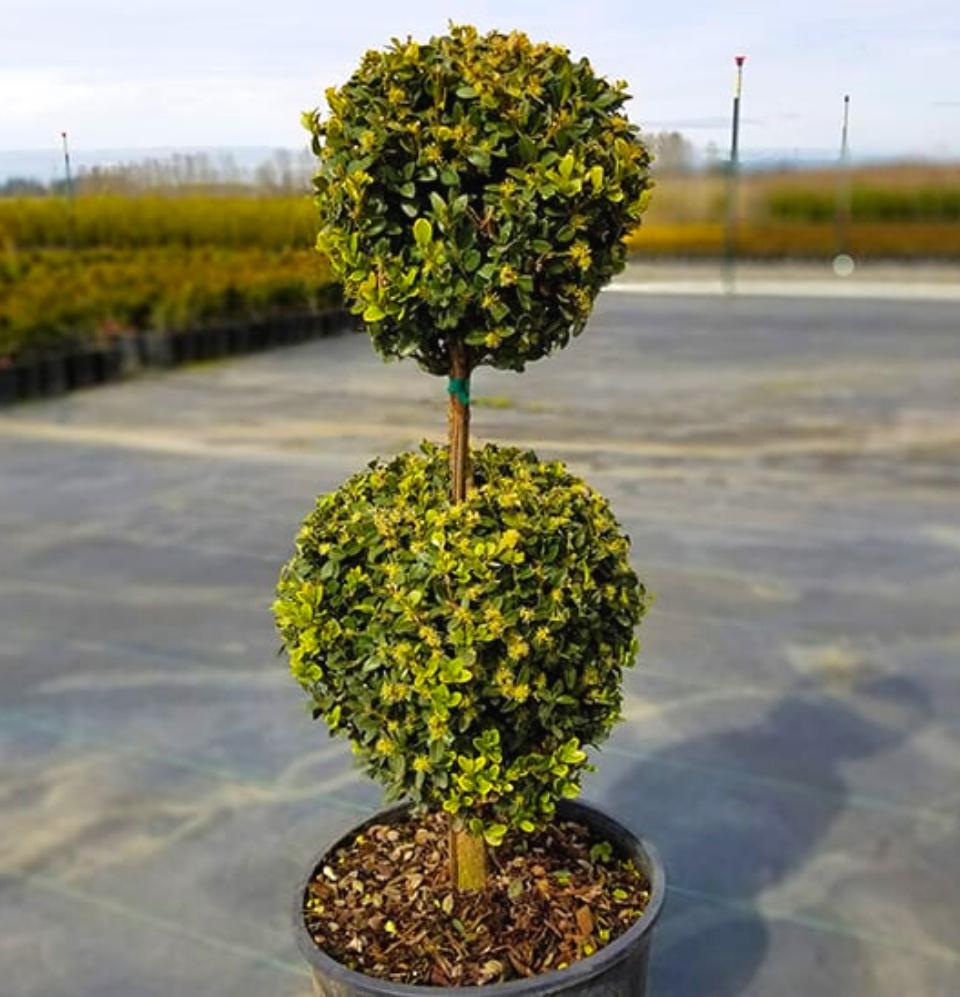
- Foundation plantings. Boxwoods can be used to create foundation plantings, which are shrubs that are planted around the base of a house. They can help to add definition to your home's exterior and provide year-round greenery.
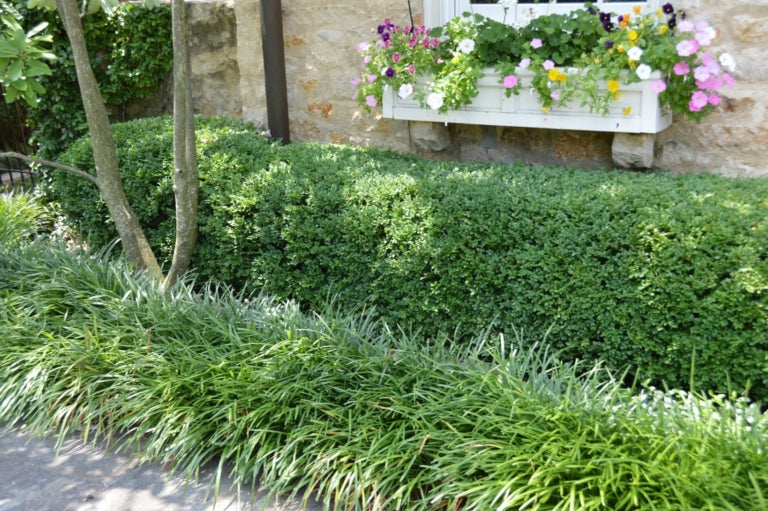
- Specimen plants. Boxwoods can also be used as specimen plants, which are individual plants that are placed in a prominent location to add visual interest. They can be used to create focal points in your garden or to add height and structure.
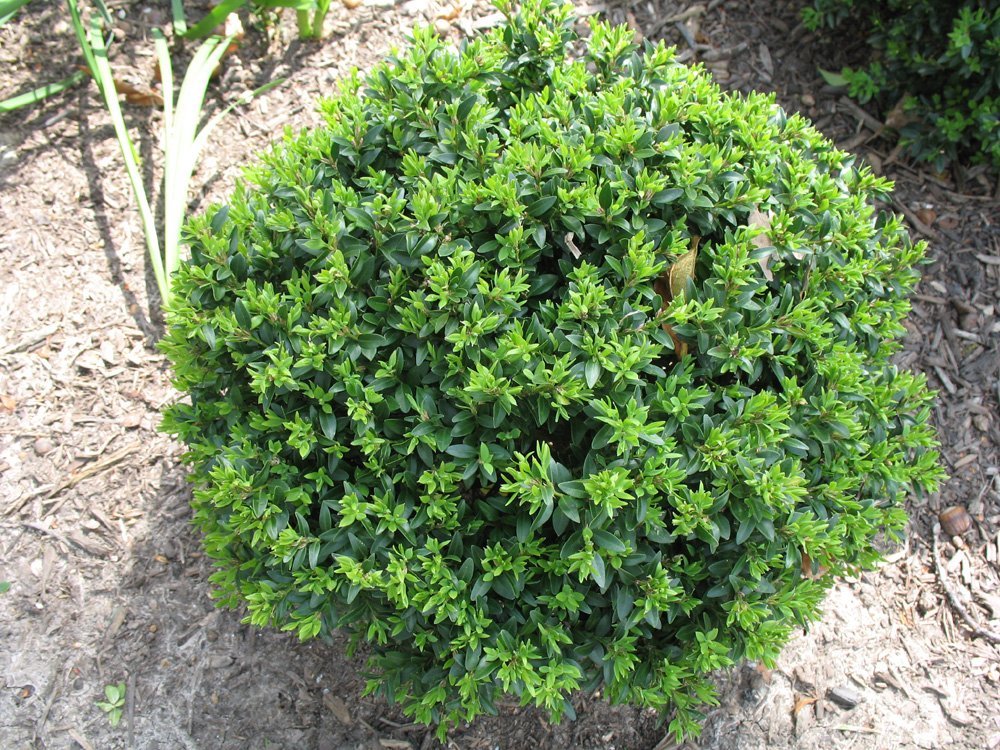
- Mixed borders. Boxwoods can also be used in mixed borders, which are plantings that combine a variety of different plants. They can help to add structure and height to a border, and they can also provide a backdrop for other, more colorful plants.

- Container plants. Boxwoods can also be grown in containers. They are a great choice for patios, decks, and other small spaces.
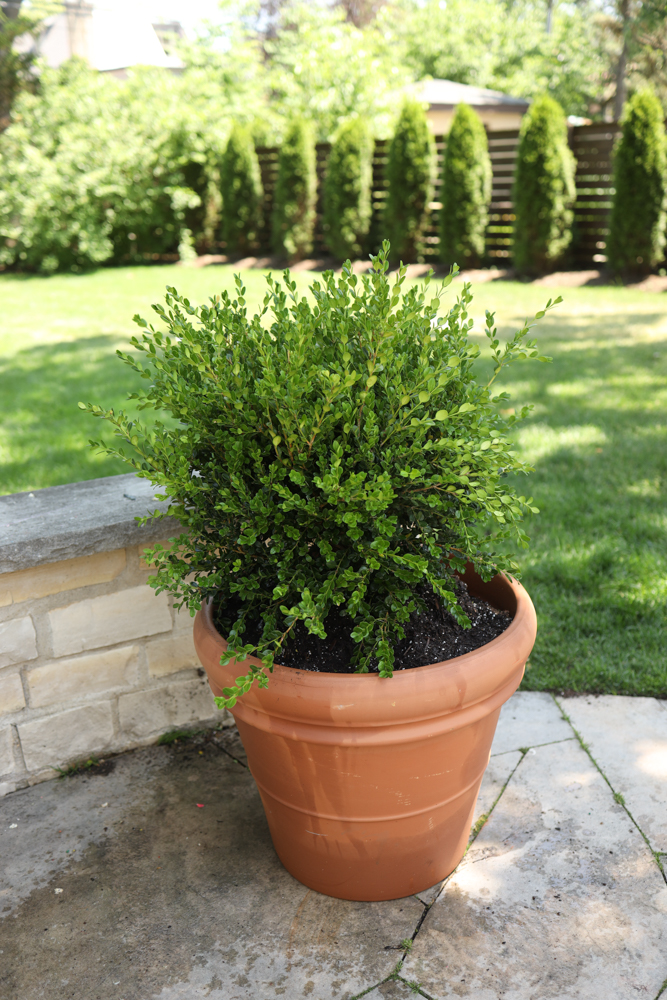
Main Content:
No matter how you choose to use them, boxwoods are a versatile and beautiful addition to any landscape. Here are some additional tips for using boxwoods in your landscape:
- When choosing boxwoods for your landscape, consider the size of the mature plant. Some varieties of boxwood can grow quite large, so it is important to choose a variety that will fit in the space you have available.
- Boxwoods prefer full sun, but they can tolerate some shade.
- Boxwoods are relatively drought-tolerant, but they will appreciate regular watering, especially during the first year after planting.
- Boxwoods are not as susceptible to pests and diseases as some other plants, but they can be affected by boxwood blight. If you notice any signs of disease, it is important to treat the plant immediately.
Conclusion:
Boxwoods are a beautiful and versatile plant that can add a touch of elegance to any landscape. With so many different ways to use them, you are sure to find a way to incorporate boxwoods into your own backyard.
FAQ of boxwood
- What is boxwood?
Boxwood is a genus of evergreen shrubs and trees native to Europe, Asia, and North Africa. It is known for its dense, glossy foliage and slow growth rate. Boxwood is a popular ornamental plant, and is often used in hedges, topiary, and specimen plantings.
- What are the most common uses for boxwood?
The most common uses for boxwood are:
* Hedges: Boxwood is a popular choice for hedges because it is dense, grows slowly, and can be easily trimmed into different shapes.
* Topiary: Boxwood is also a popular choice for topiary, which is the art of shaping plants into decorative forms.
* Specimen plantings: Boxwood can also be used as a specimen plant, either in a landscaped setting or in a container.
- How to care for boxwood?
Boxwood is a relatively low-maintenance plant, but it does require some basic care. Here are some tips on how to care for boxwood:
* Water boxwood regularly, especially during hot, dry weather.
* Fertilize boxwood once a year in the spring with a balanced fertilizer.
* Prune boxwood as needed to maintain its shape.
* Protect boxwood from pests and diseases.
- What are the most common pests and diseases that affect boxwood?
The most common pests that affect boxwood are scale insects, mealybugs, and aphids. The most common diseases that affect boxwood are boxwood blight, boxwood psyllid, and boxwood leaf miner.
- How to identify and treat pests and diseases on boxwood?
If you suspect that your boxwood has pests or diseases, it is important to identify the problem so that you can treat it properly. There are a number of resources available to help you identify pests and diseases, including online articles, books, and plant diagnostic centers. Once you have identified the problem, you can treat it using a variety of methods, including insecticidal soap, horticultural oil, or fungicide.
- How to propagate boxwood?
Boxwood can be propagated from seed, cuttings, or air layering. Seed propagation is the most time-consuming method, but it is also the most reliable. Cutting propagation is a faster method, but it is less reliable. Air layering is a method of propagating plants that involves creating a wound in the plant and then wrapping the wound with moist sphagnum moss. The moss will eventually form roots, and the new plant can then be separated from the parent plant.
- How to transplant boxwood?
Boxwood can be transplanted in the spring or fall. To transplant boxwood, dig a hole that is twice as wide and as deep as the root ball of the plant. Carefully remove the plant from its pot or the ground and place it in the hole. Backfill the hole with soil and water the plant well.
Image of boxwood
10 different images of boxwood that are free to use:
- Common boxwood (Buxus sempervirens) is a evergreen shrub or small tree that can grow up to 20 feet tall. It has small, dark green leaves and is often used in hedges and topiary.

- Japanese boxwood (Buxus microphylla) is a smaller variety of boxwood that grows up to 6 feet tall. It has smaller leaves than common boxwood and is often used in bonsai and other small-scale gardening projects.

- Wintergreen boxwood (Buxus harlandii) is a hardy variety of boxwood that can withstand cold winters. It has dark green leaves and is often used in borders and foundation plantings.
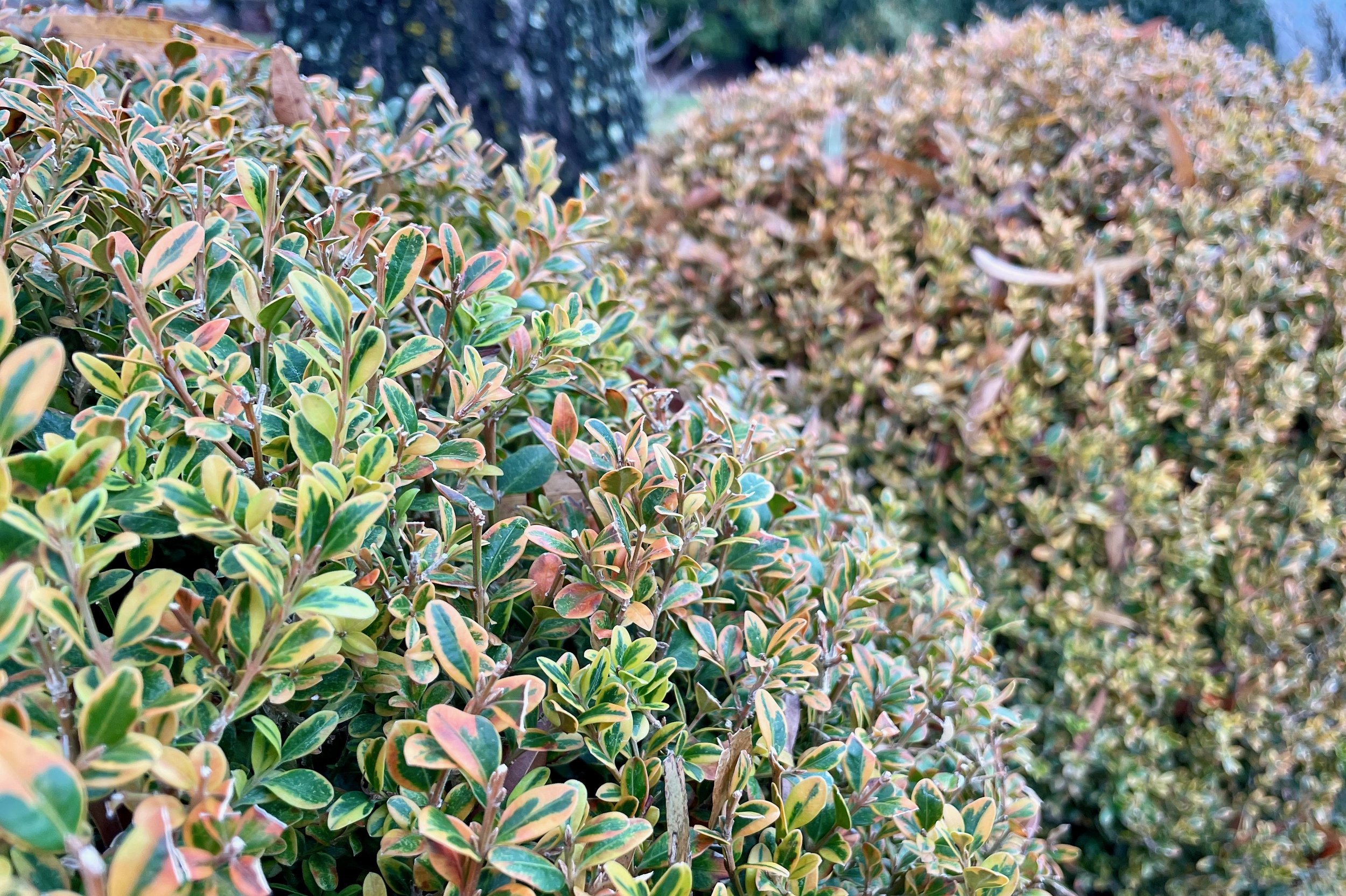
- Korean boxwood (Buxus koreana) is a fast-growing variety of boxwood that can reach maturity in as little as 5 years. It has small, dark green leaves and is often used in hedges and topiary.

- Dwarf boxwood (Buxus sempervirens 'Suffruticosa') is a slow-growing variety of boxwood that only grows to be about 2 feet tall. It has dark green leaves and is often used in rock gardens and other small-scale gardening projects.
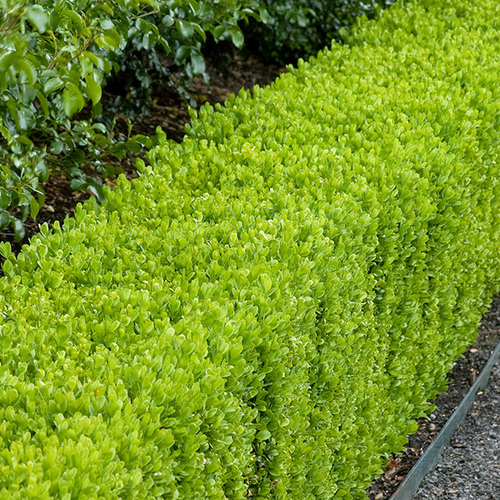
- Golden boxwood (Buxus sempervirens 'Aurea') is a variety of boxwood that has yellow leaves. It is often used as an accent plant in gardens or as a hedge.

- Variegated boxwood (Buxus sempervirens 'Variegata') is a variety of boxwood that has leaves with a white or cream border. It is often used as an accent plant in gardens or as a hedge.

- Green Velvet boxwood (Buxus sempervirens 'Green Velvet') is a variety of boxwood that has dark green leaves with a velvety texture. It is often used in hedges and topiary.
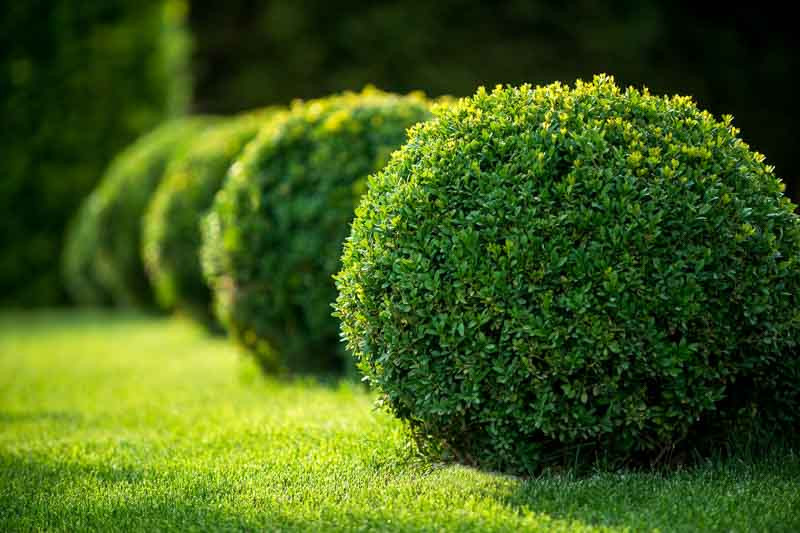
- Frosty Mocha boxwood (Buxus sempervirens 'Frosty Mocha') is a variety of boxwood that has dark green leaves with a frosted appearance. It is often used as an accent plant in gardens or as a hedge.

- Winter Gem boxwood (Buxus sempervirens 'Winter Gem') is a variety of boxwood that has dark green leaves that turn a bronze color in the winter. It is often used as an accent plant in gardens or as a hedge.
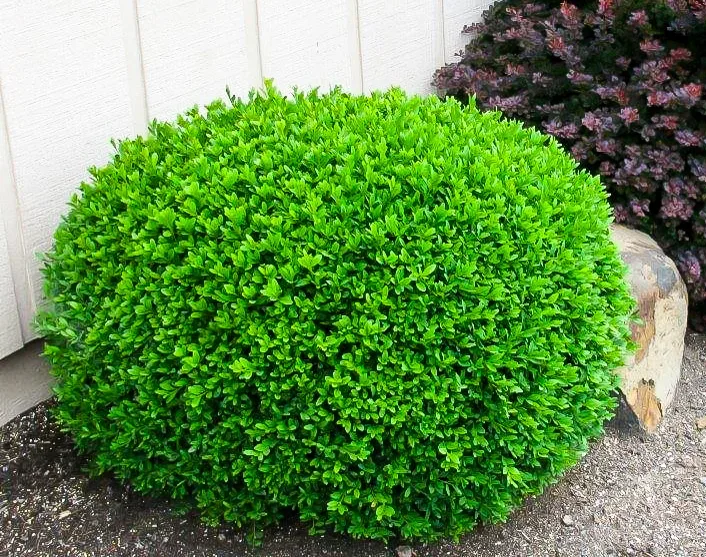
Post a Comment for " Ways To Use Boxwood In Your Landscape"